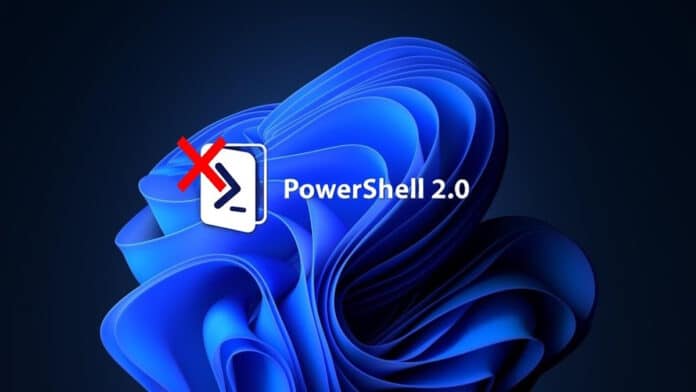Microsoft is finally saying goodbye to PowerShell 2.0 — the 14-year-old command-line tool and scripting language that debuted alongside Windows 7 — as part of a broader effort to clean up legacy code and improve Windows security.
Starting August 2025, it will be removed from Windows 11 version 24H2, followed by Windows Server 2025 in September. From then on, all future releases will no longer include it. As of July 2025, Windows Insider preview builds have already dropped the feature.
Why Is Microsoft Removing PowerShell 2.0?
PowerShell 2.0 was officially deprecated in 2017, meaning that Microsoft had stopped developing it but kept it as an optional feature for compatibility. Over the years, however, the scripting environment has grown increasingly outdated — lagging behind in both functionality and security.
According to the Redmond giant, the move is about simplifying the PowerShell ecosystem and reducing security risks. PowerShell 2.0’s older architecture is more vulnerable compared to modern versions — PowerShell 5.1 and PowerShell 7.x — which offer significantly improved security protocols, performance enhancements, and expanded capabilities for most scripts and modules.
Microsoft says removing PowerShell 2.0 will:
- Reduce security risks by eliminating outdated, vulnerable code.
- Streamline the PowerShell ecosystem, making it easier to maintain and update.
- Free up resources for making newer versions of PowerShell faster, safer, and more capable.
Who Will Be Affected?
For most users, the change will be seamless. The majority of scripts, automation tasks, and software now use newer PowerShell versions. However, anyone with legacy scripts or applications that explicitly require PowerShell version 2.0 will need to update them.
For example, if a script tries to run PowerShell 2.0 using the -Version 2 parameter, Windows will automatically launch PowerShell 5.1 instead. While it should work in most cases, a minority of users may be affected, including:
- Organizations running legacy scripts that depend on PowerShell 2.0’s quirks.
- Early releases of Microsoft server products like Exchange, SharePoint, or SQL Server.
- Outdated third-party tools or installers that expect PowerShell 2.0 to be present.
In these situations, the scripts may not behave exactly as intended, or software installation could fail altogether.
What Should You Do Before the Deadline?
Microsoft recommends doing the following:
- Update scripts and tools to run on PowerShell 5.1 or 7, which should work for almost all existing automation.
- Update or replace outdated software that depends on PowerShell 2.0.
- Upgrade older Microsoft server products like Exchange, SharePoint, or SQL Server to versions that support newer PowerShell releases.
- Check with third-party vendors for updated versions that remove PowerShell 2.0 requirements.
If migration isn’t possible right away, Microsoft recommends testing your environment to find any dependencies before the August and September 2025 deadlines. It also seems that Windows 11 version 23H2 and earlier will continue to offer PowerShell 2.0 as an optional feature.
For the full rundown, check out Microsoft’s official support document on the PowerShell 2.0 removal.

